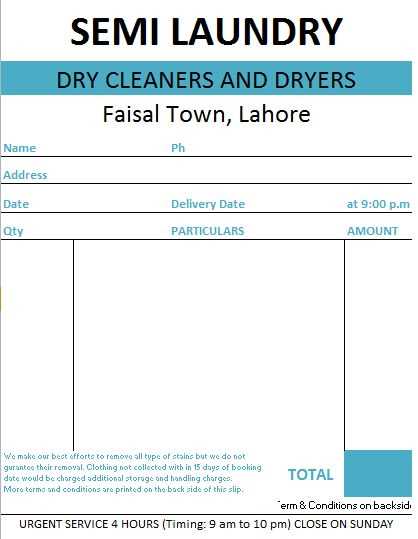
For a seamless experience at your dry cleaning business, a clear and well-structured receipt is a must. A dry cleaning receipt template serves as an essential tool for both customer communication and financial tracking. It should include the necessary details such as the customer’s name, items cleaned, and the total amount charged, ensuring everything is transparent and easily accessible.
A reliable receipt template not only helps maintain professionalism but also ensures your customers know exactly what services they are paying for. Include sections for item descriptions, cleaning services provided, and any additional charges or discounts applied. This approach will enhance trust and streamline your operations.
By using a template, you can save time and maintain consistency across all receipts. Whether you’re working on a physical or digital format, the template should be customizable to fit your specific needs while keeping the structure simple and easy to read. Ensure you include a space for the date of service and any notes regarding special requests or care instructions for the garments.
Dry Cleaning Receipt Template
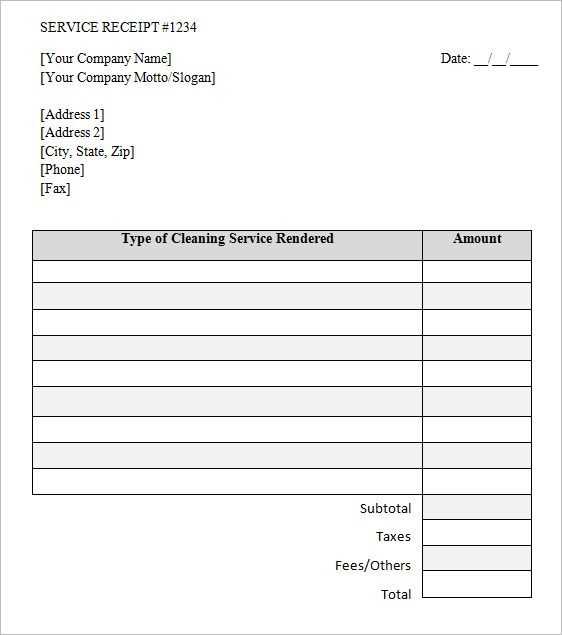
For clarity and simplicity, include the date of service at the top of the receipt. This ensures the transaction is properly dated for both the customer and your records.
Next, list the items cleaned, including a brief description of each garment (e.g., “blue shirt,” “wool coat”). Specify the quantity and price for each item. This provides transparency for the customer to review what has been serviced and the associated costs.
Clearly indicate the total amount charged for the services, including any applicable taxes or additional fees, like express service or special treatments. This prevents misunderstandings at checkout.
Include payment details, such as the method of payment (credit card, cash, etc.). If the customer paid by card, note the last four digits of the card number for reference.
Provide a section for customer contact information (optional), like phone number or email, for easier communication in case of issues or follow-ups.
Finally, add a simple thank-you message or reminder to pick up the items, reinforcing positive customer service.
How to Design a Professional Dry Cleaning Receipt
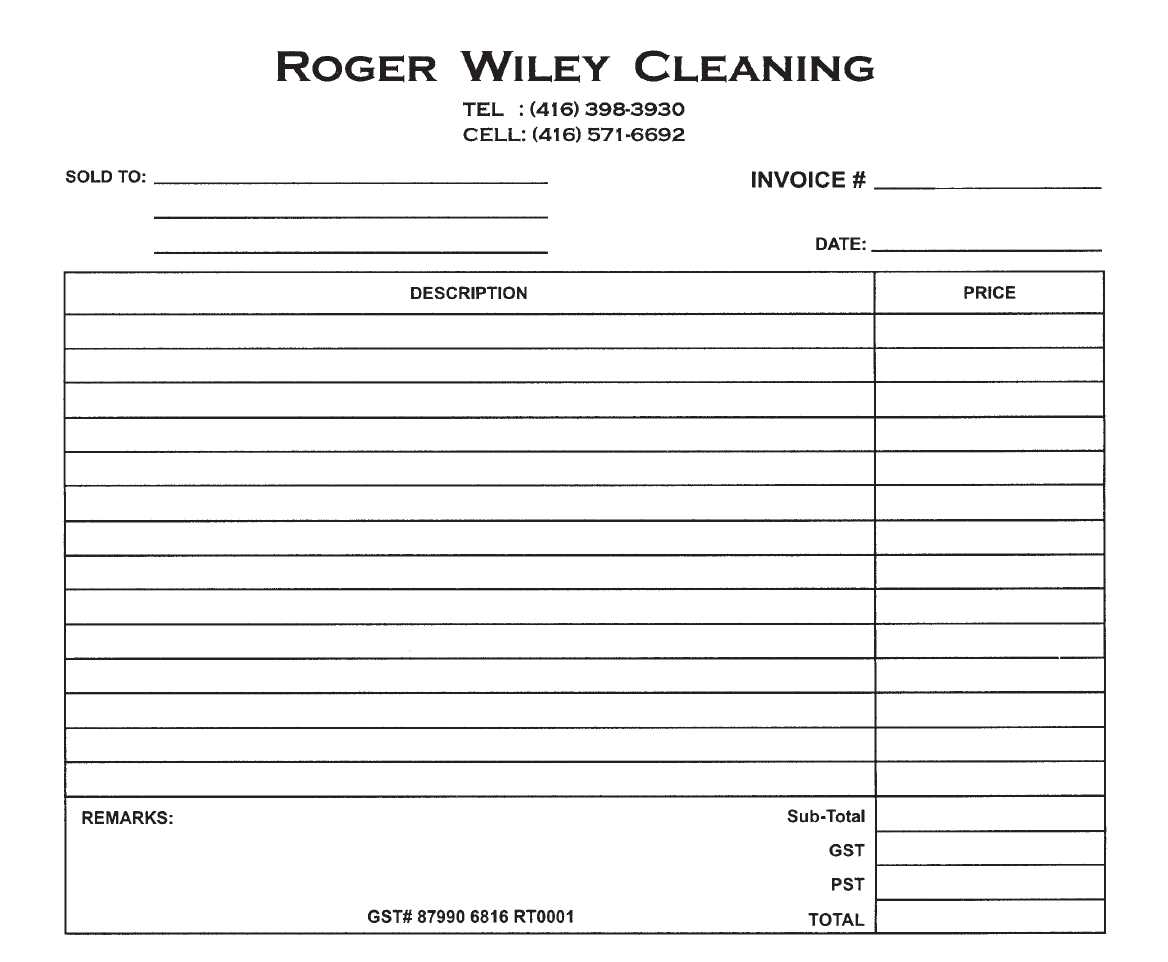
Use a clean and organized layout for your dry cleaning receipt. Start with your business name and contact details at the top. Ensure the font is clear and legible, like Arial or Helvetica, for a polished look.
Include a unique receipt number for easy reference and tracking. This helps with order management and customer service. Add the date of service, along with the customer’s name and contact information, so the receipt serves as both a transaction record and a point of reference.
List each item being cleaned separately, detailing the type of garment and any special instructions. Include the price for each item to ensure transparency. Display the total amount at the bottom of the receipt, breaking down any applicable taxes or discounts. This creates a straightforward, no-surprise pricing structure.
Make sure to add payment details. Indicate the method of payment (cash, card, etc.), and if a credit card was used, include the last four digits of the card number for record-keeping. A signature line for the customer’s acknowledgment can also be beneficial, especially for higher-value items.
For added professionalism, consider a QR code that links to your business website or feedback survey. This simple addition enhances your customer experience and can lead to valuable insights for improvement.
Finish with your business’s return and exchange policies, as well as a thank-you note for your customer. Keeping the design simple and to the point ensures the receipt is both functional and polished.
Customizing Your Template for Different Service Types
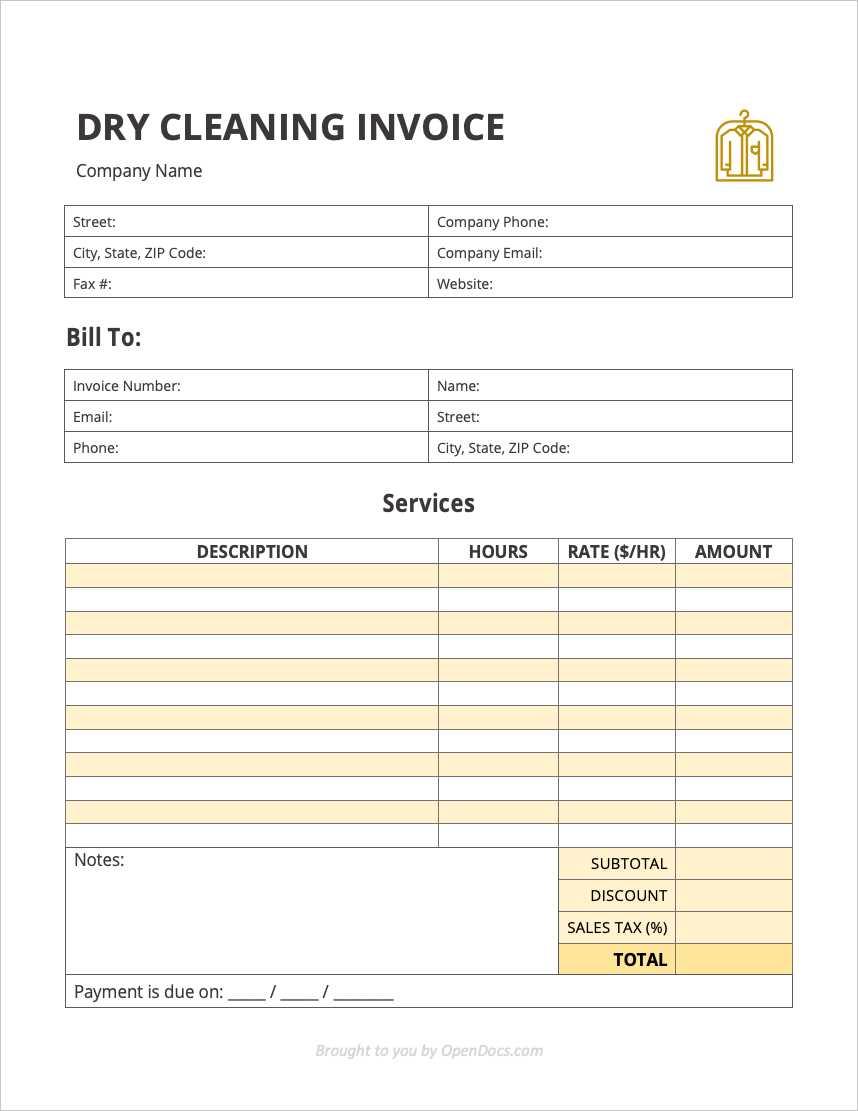
Tailor your dry cleaning receipt template based on the service type offered. Adjusting for specific needs can improve clarity and enhance the customer experience.
- Standard Cleaning: Include basic details such as item type, cleaning method, and price. A simple layout works best for routine orders.
- Specialized Services: For delicate or custom services, like garment repairs or stain treatments, add more fields. Specify the treatment applied and any additional costs involved.
- Bulk Orders: For large volume orders, use a table format that lists each item separately. This helps customers track the specific charges for every piece.
- Premium Services: Highlight high-end services like fabric protection or express cleaning. Ensure the receipt reflects the premium nature of the service with a clear breakdown of charges.
By adjusting the structure and information, you ensure the template suits the specific service provided, making it more user-friendly for clients.
Incorporating Payment Methods and Transaction Tracking
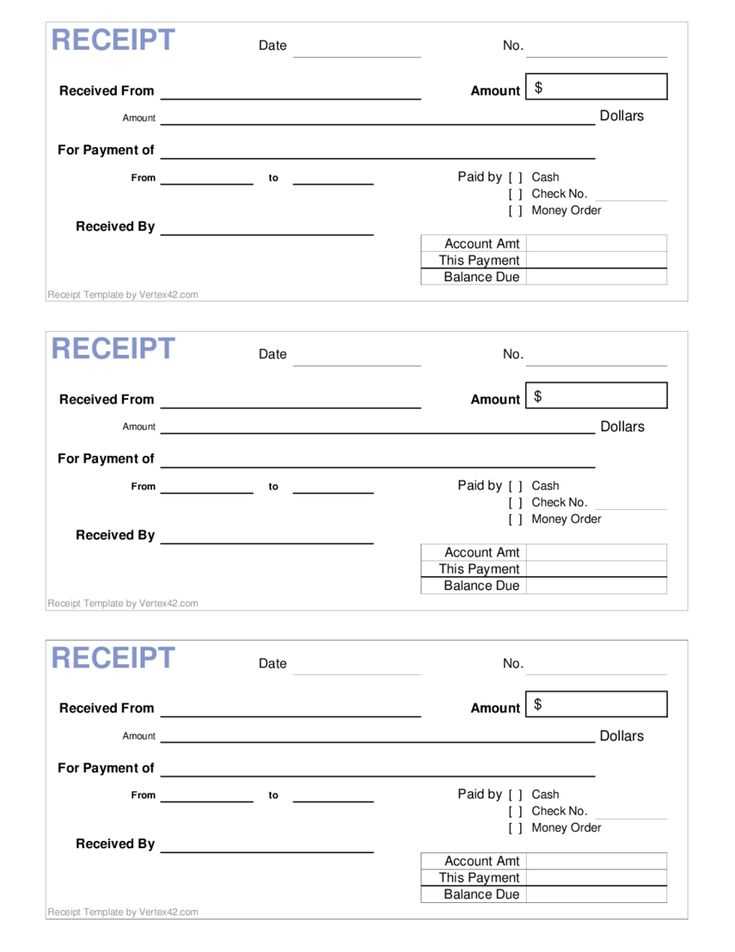
Integrate multiple payment options on your dry cleaning receipt template to accommodate a variety of customer preferences. Include fields for cash, credit card, debit card, and mobile payment methods. Clearly list the payment type used for transparency and customer convenience.
Tracking Transactions
Track each transaction by assigning a unique receipt number. This helps in organizing records and makes it easier to reference past transactions. Include the payment date and time to maintain a clear timeline for financial audits or customer inquiries.
Detailed Payment Breakdown
Provide a breakdown of the total amount paid, including any applicable taxes or service fees. If a discount was applied, make sure to list it separately. This ensures your receipt serves as a full record of the transaction, helping both the business and the customer keep track of payments made.


